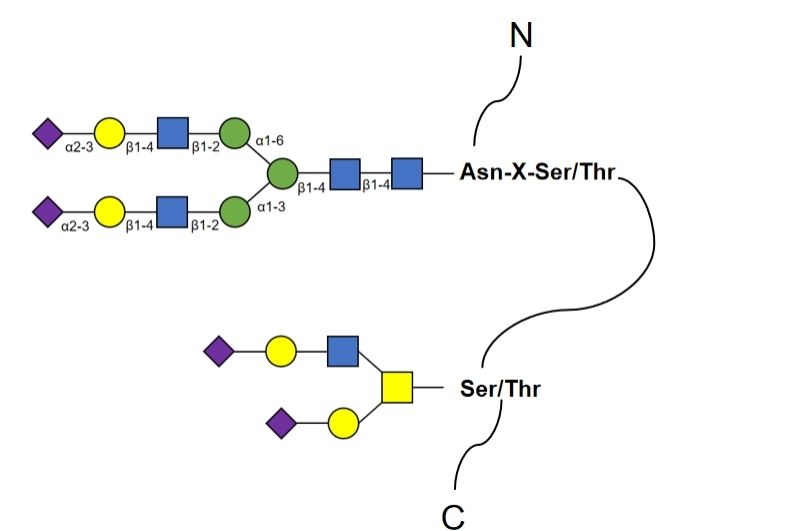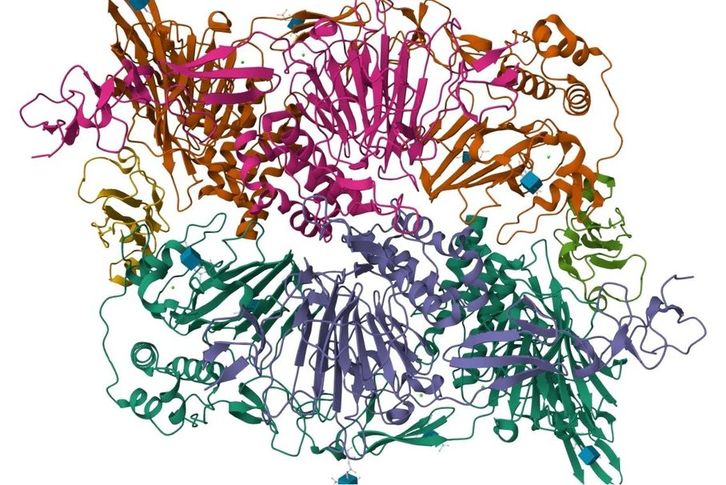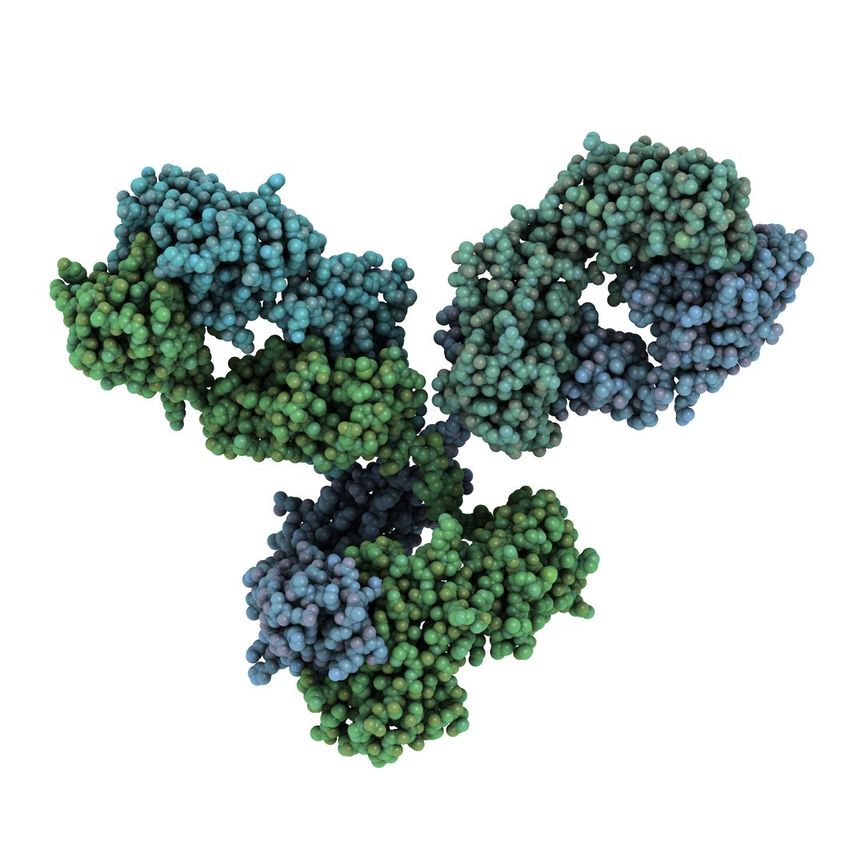Glycoinformatics-assisted O-Glycosylation Site Analysis Service
Unveiling the O-Glycosylation Site: Precision Analysis with Glycoinformatics
O-glycosylation is involved in many processes in cells and plays an important role in human physiological activities. The development of some diseases, such as cancer, is often accompanied by abnormal changes in O-glycosylation sites and glycan chains. Therefore, the analysis of O-glycosylation sites is of great biological significance for researching the mechanisms of specific diseases. At CD BioGlyco, we have developed a powerful Glycoinformatics Analysis System and have extensive experience in the field of Glycomics Analysis. Here we provide high-quality O-glycosylation site analysis services to our clients.
The steps of O-glycosylation site analysis are shown below.
Protein hydrolysis and digestion
We purify the target proteins from the samples and, based on the theoretical amino acid sequence information of the proteins, select the appropriate enzymes to digest the proteins to produce peptides that are subsequently suitable for further analysis.
Glycopeptides enrichment and separation
Using hydrophilic interaction liquid chromatography (HILC) to enrich and separate glycopeptides, at the same time we collect mass spectrometry (MS) raw data by LC-high resolution MC (LC-HRMS). These data are imported into the O-glycan database, and O-glycan modifications are added to the data analysis as variable modifications.
Glycosylation site analysis
We provide reversed-phase LC-MS (RPLC-MS) analysis of enriched O-glycopeptides. The LC-MS/MS combined with a database matching algorithm is used to find the exact location of the O-glycosylation site and to analyze the O-glycosylation site occupancy and the glycotype of the glycosylation site. The site analysis not only intuitively gets the information about the alteration of glycosylation of special markers, but also makes further site-specific analysis of the glycan chain structure more direct and convenient.

Publication Data
Technology: MS
Journal: Journal of Biological Chemistry
IF: 5.5
Published: 2016
Results: In this work, three types of O-glycosylation on Drosophila Notch were comprehensively analyzed by MS as well as 22 O-fucose sites, 18 O-glucose sites, and 18 O-GlcNAc sites were identified. The authors have also assessed the glycan occupancy of each site using MS. All these data provide fundamental information for future research on the mechanism of how O-glycosylation regulates Notch activity.
 Fig.1 The range of O-glycosylation sites on Notch. (Harvey, et al. 2016)
Fig.1 The range of O-glycosylation sites on Notch. (Harvey, et al. 2016)
Applications
- Glycoinformatics-assisted O-glycosylation site analysis can be used to understand the biological functions of proteins and to probe deeply into glycoprotein structure-function relationships.
- In the field of medicine, adequate analysis of O-glycosylation sites can be used to understand the mechanisms of diseases caused by abnormal O-glycosylation and applied in their therapeutic research.
- Many biomarkers are associated with the O-glycosylation of proteins. By analyzing O-glycosylation sites, new biomarkers can be discovered, providing new avenues for medical diagnosis and treatment.
Advantages
- Our service is suitable for samples including, but not limited to, recombinant proteins with O-glycans modifications, large biologics (such as monoclonal antibodies, Fc fusion proteins, bi-antibodies, multi-antibodies, ADCs), etc.
- Our analysis service provides both O-glycosylation site analysis and quantitative and qualitative analysis of the corresponding glycoforms of the samples.
- The high degree of accuracy and assay sensitivity throughout our experiments ensures highly accurate results for the analysis of O-glycosylation sites.
Frequently Asked Questions
- What is the role of O-glycosylation in cell signaling?
- O-glycosylation is a common post-translational modification process that plays an important role in signal transduction. In cell signal transduction, O-glycosylation sites can affect the activity, affinity, stability, and intra- and extracellular localization of proteins, thereby influencing the efficiency and accuracy of signal transduction. In particular, O-glycosylation sites can affect receptor-ligand binding, protein-protein interactions, and selection of intracellular signaling pathways, thereby regulating cellular response and adaptation.
- Is there an association between O-glycosylation sites and disease?
- Abnormalities in glycosylation associated with O-glycosylation sites are observed in many diseases. For example, diabetic patients often exhibit excessive glycosylation of proteins, which can lead to a range of complications. In addition, glycosylation abnormalities have been observed in certain cancers, which may be associated with altered tumor cell growth, differentiation, and invasive capacity. Therefore, research into the association between O-glycosylation sites and disease is important to unravel the pathogenesis of disease and develop new therapeutic approaches.
CD BioGlyco has a powerful glycoinformatics system and offers a custom O-glycosylation site analysis service according to the client's needs. We offer our clients a wide variety of services that apply to a wide range of glycomics analysis needs. If you have any needs in glycomics analysis, please feel free to contact us, our staff will answer your questions in time.
Reference
- Harvey, B.M.; et al. Mapping sites of O-glycosylation and fringe elongation on Drosophila Notch. Journal of Biological Chemistry. 2016, 291(31): 16348-16360.
For research use only. Not intended for any diagnostic use.
Quick Links
Related Services



 Fig.1 The range of O-glycosylation sites on Notch. (Harvey, et al. 2016)
Fig.1 The range of O-glycosylation sites on Notch. (Harvey, et al. 2016)


